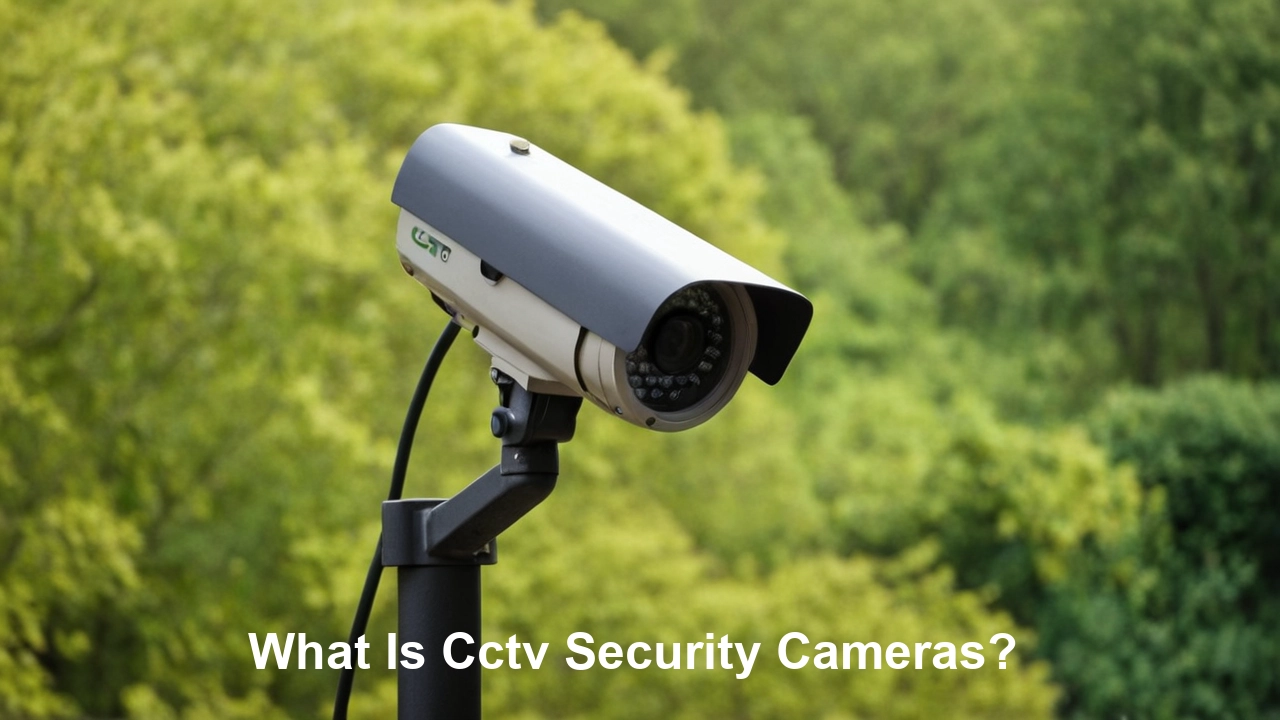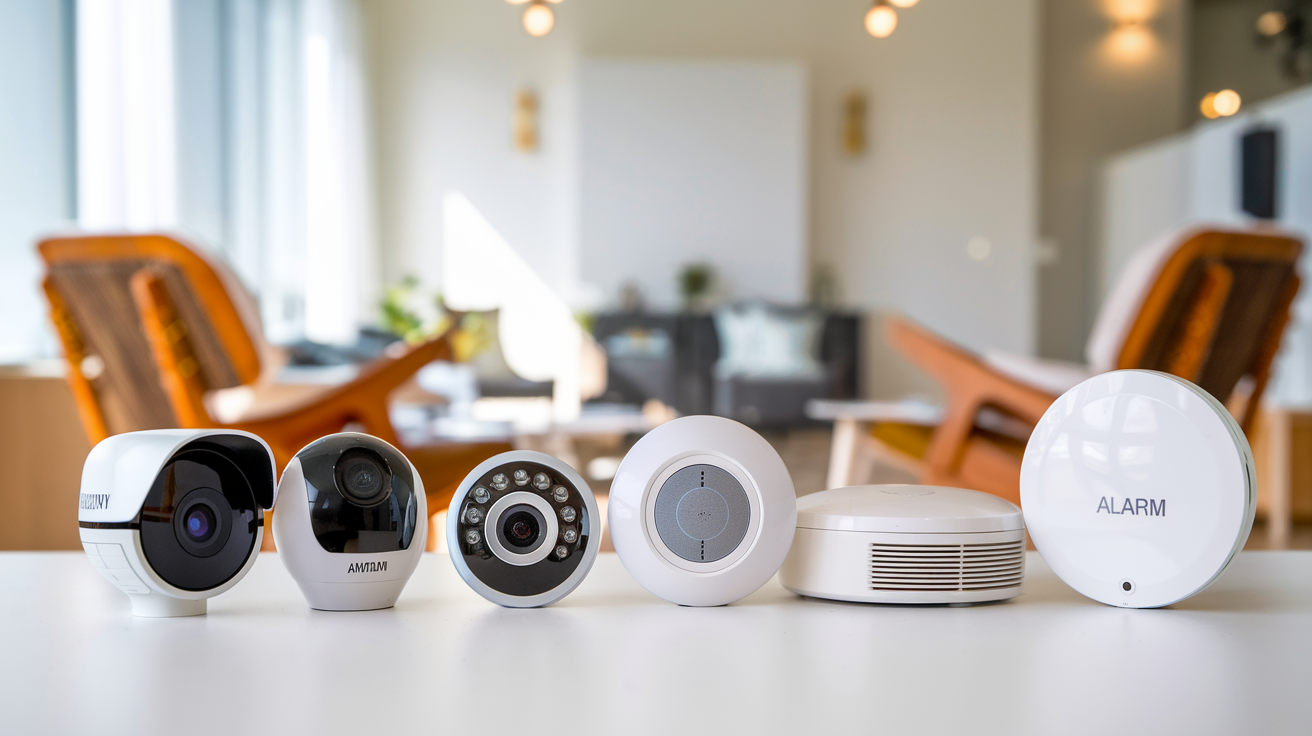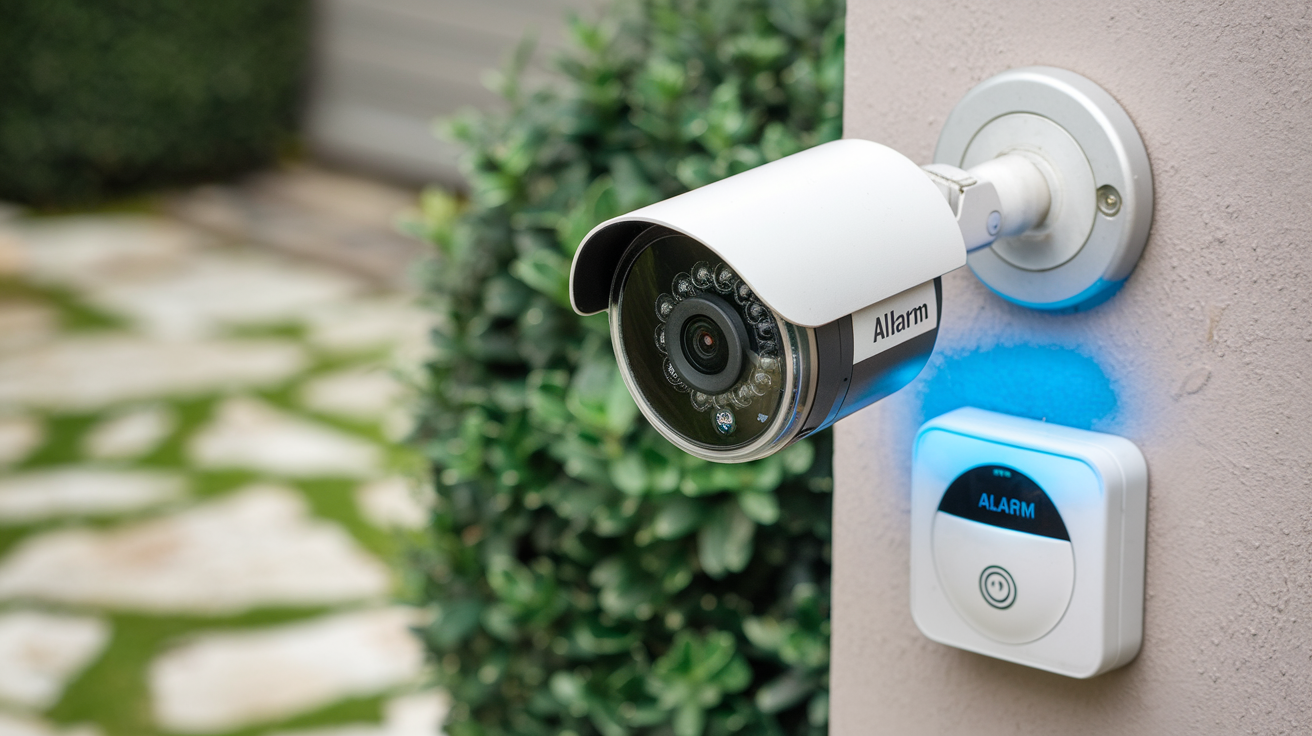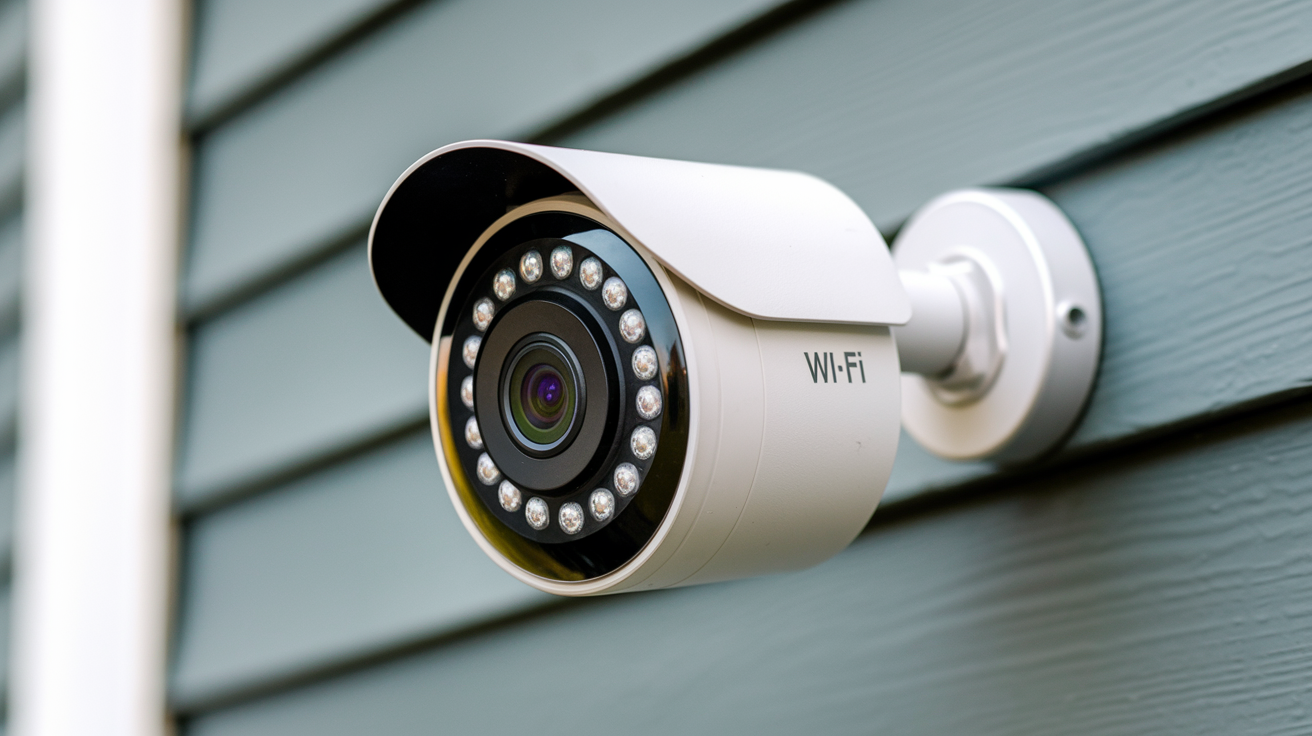CCTV Security Cameras: Income Distribution CCTV cameras are closed-circuit televisions designed especially for security and monitoring needs. CCTV cameras are now very common in homes, businesses, shops, parks, streets, and so on to boost security. Since technology has advanced over the years, the cost of installing CCTV systems has dropped.
What are CCTV Cameras?
A CCTV camera is simply a video Best Security Camera that is used to capture pictures at certain intervals or a steady pace and store them within a particular device. Such videos can be watched and analyzed by Analysts in real-time on connected devices or at a later time if need be. While an analog camera involves point-to-point cabling such as coaxial cables, a CCTV camera sends data over the IP network. The video stream from an IP CCTV camera can be easily accessed remotely via an internet connection and password.
Current CCTV systems include security or surveillance cameras, video displays, digital video recorders or network video recorders to store and analyze the recorded video, and other related equipment. A CCTV system could be as simple as having a single camera installed while it could also be a network of several hundreds of cameras linked up with servers and storage facilities for the network.
Types of CCTV Cameras There are various types of CCTV cameras available based on build, technology, and functionality:
- Dome Cameras: These cameras get their names from their dome housing, which covers the camera. Not very noticeable at all, they are fastened to the wall or ceiling.
- Bullet Cameras: The long cylindrical form of bullet cameras reflects the lens and camera sections. They are perfect for outdoor settings as they allow one to watch over a big region.
- PTZ Cameras: Certain of the cameras are PTZ, or pan-tilt-zoom cameras, which let the camera be remotely operated to pan, tilt, or zoom into regions of interest within the camera's range. Such adaptable controls allow one PTZ to cover many locations or a greater area overall.
Depending on the technology, CCTV cameras are analog, HD, or IP network cameras. Of all types of cameras, the IP network cameras that can connect over wired or wireless networks are most currently used for their enhanced features such as scalability and remote accessibility.
Why Install CCTV Cameras?
- Enhanced Security: CCTV systems provide extra security measure that helps in preventing and preventing activities such as thefts, vandalism, or violence. Saying, property damage could be prevented, if unauthorized activity is localized.
- Remote Access and Monitoring: Contemporary CCTV cameras enable the user and accommodated people to monitor the premises through applications and web interfaces. With the instant review in the event of any suspicious activity, security personnel can act and contain the damage.
- Improved Employee Productivity: This is because when the employees are conscious of being watched through the CCTV, then the performance of the employees is enhanced, as adherence to organizational standards, and punctuality of the workers besides concentrating on their duties.
- Reduced Insurance Costs: Having a security system that is monitored by the CCTV camera can help you be in a position to have reduced annual insurance premiums as the probability of damages is low.
- Video Evidence for Investigations: The recordings from the CCTV cameras are useful as evidence in investigations or court cases. The footage can help in explaining such things as who was involved, chronological order of incidents, causes of accidents, and other things that aid in case solving faster.
CCTV Camera System Components While the surveillance cameras form the core of the system, CCTV installations consist of additional critical components like:
• Digital Video Recorder (DVR): A DVR logs the footage from mounted CCTV cameras into its built-in hard drive. The saved data of some of the most recent types of network-enabled recorders may also be backed up and monitored remotely.
• Network Video Recorder (NVR): Networking an NVR with IP CCTV cameras enables several purposes to be achieved. From any connected device, NVR devices record, access, and manage IP cameras using storage and software.
• Monitors: On video screens, security operators may see recorded footage as well as live video feeds. The area to be covered as well as the necessary monitoring determine the varied sizes of the CCTV monitors.
• Cables and Connectors: In the CCTV system, CCTV cabling is the arrangement of cables between the cameras and the monitoring devices to convey control signals and footage.
• Power Supply: CCTV systems must so have the necessary backup power to keep running even in cases of power failure. Uninterruptible Power Supply (UPS) should be included in cameras, NVR, and monitors to guarantee they run for a longer duration free from power disruptions.
CCTV cameras and integrated security systems therefore offer an enhanced technological approach towards different forms of surveillance and security challenges in residential, commercial, and industrial facilities as well as restricted premises. Getting a system with high-resolution cameras, sufficient storage, and good connectivity can help mitigate losses and damages to assets while offering much-needed assurance. When deciding on purchasing a new CCTV system or enhancing an existing one, there are crucial considerations; essential components that need to be incorporated and must be installed by professionals for it to be most efficient.
Protect your home today with ADT’s top-rated security solutions!
Call now at +1 877-470-7879 to get a free consultation and find out how you can secure your home with the best in the business. Don’t wait—ensure your peace of mind with ADT!






